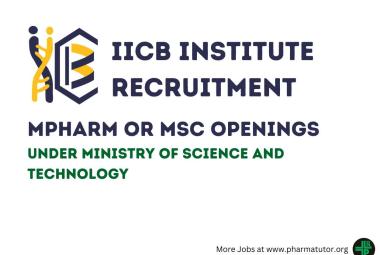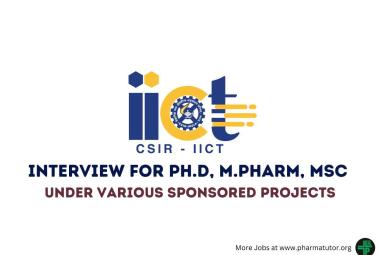NEUROPROTECTIVE AGENTS, NATURAL PLANT HERBS & DRUGS IN ISCHEMIC STROKE: A REVIEW
{ DOWNLOAD AS PDF }
 ABOUT AUHTORS
ABOUT AUHTORS
Nesar Ahmad*,Zafar Khan, Noorul Hasan, Abdul Basit, Seikh Zohrameena
Department of Pharmacology,
Faculty of Pharmacy,
Integral University, Lucknow, UP, India
*nesar50@gmail.com
ABSTRACT
Stroke is a destructive experience which can result in permanent disability in brain. There is no permanent drug which can improve the blood flow at infracted area and also improve the neurological deficit. Due to the lack of treatments available for stroke, many researchers will investigate the suitable plants or drugs for the treatment of this disease. Numerous medicinal plants and herbal drugs are available to treat stroke, some of the plants are Ginkgo biloba, Fructus Chebulae, Pomegranate, Rosa laevigata, Garlic, Leonurus heterophyllus, Olive, Grape, Allium cepa, drugs such as Pravastatin, Senkyunolide I, Phloretin, Mgso4, HAMI 3379, Oleoylethanolamie, scopolamine and mecamylamine, Nitric Oxide, N-nitro-L-arginine methyl ester (L-NAME), 3,5,6,7,8,3’,4’-Heptamethoxy flavones, Rosiglitazone, Puerarin, the activity was estimated by parameters like superoxide dismutase (SOD) activity, Hemispheric swelling index (cerebral edema), H2O2 induced cell injury, OGD-R induced cell injury, superoxide dismutase and glutathione peroxidises, mitochondrial membrane potential, Western blotting assay, ROS scavenging assays, Superoxide anion scavenging assay, Hydroxyl radical scavenging assay, H2O2 scavenging assay, Singlet oxygen scavenging assay, Peroxyl radical scavenging assay, Peroxynitrite anion scavenging assay, myeloperoxidase (MPO) activity, blood–brain barrier integrity, cerebral infarct size, in Situ Apoptosis Detection, Western blotting, SOD, GSH, glutathione peroxidase, and MDA levels, Reverse transcription polymerase chain reaction (RT-PCR), Lactate dehydrogenase activity assay, Determination of caspase activity, acetylcholinesterase (AChE) activity, Determination of choline acetyltransferase activity (ChAT), Cell viability, Oxygen glucose deprivation/reperfusion assay, Flow cytometry, Immunohistochemistry. The present review focused on different medicinal plants and drugs that have been tested in Stroke in animal models.



 ABOUT AUHTOR
ABOUT AUHTOR ABOUT AUTHORS
ABOUT AUTHORS ABOUT AUTHORS
ABOUT AUTHORS ABOUT AUTHORS
ABOUT AUTHORS







.png)

